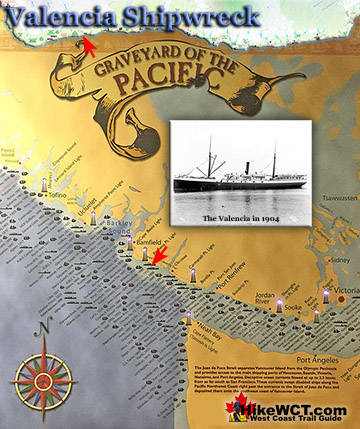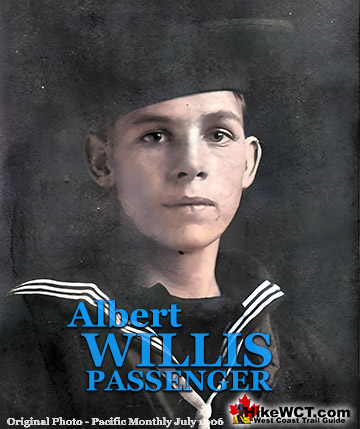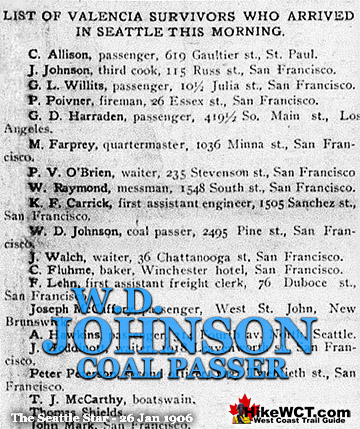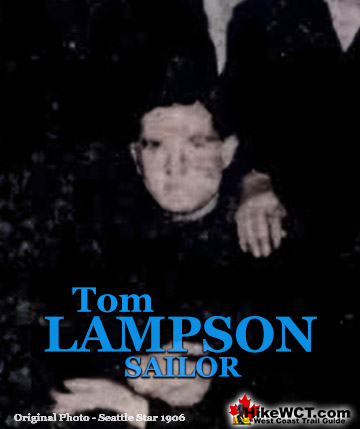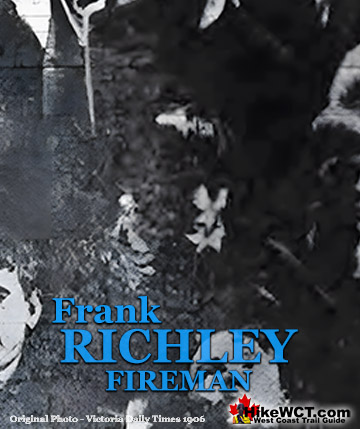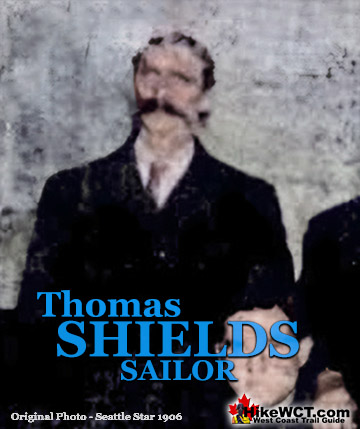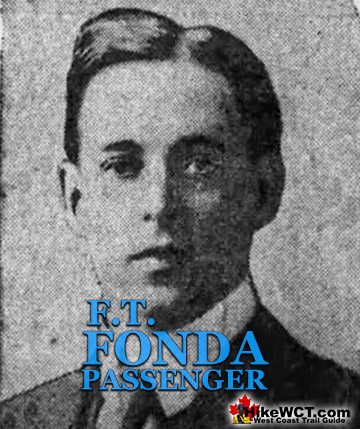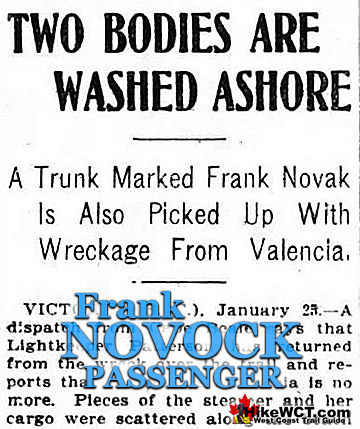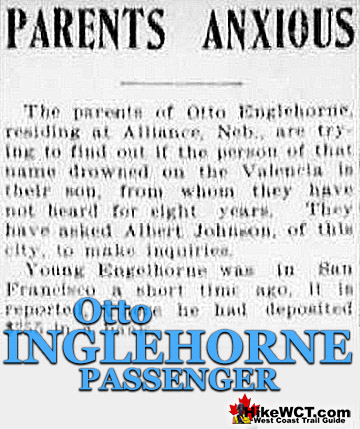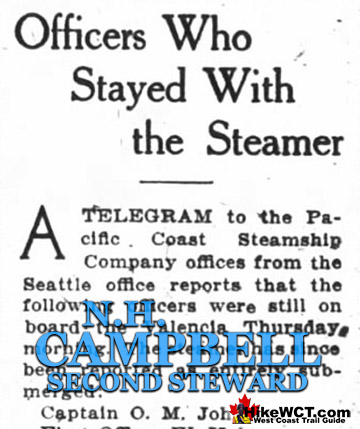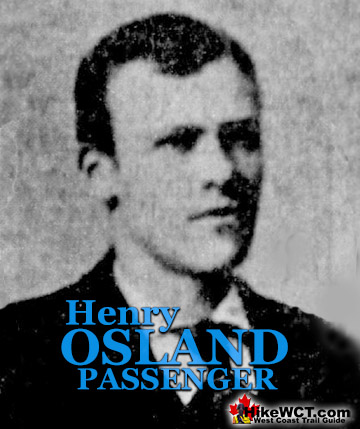Complete Guide to the West Coast Trail
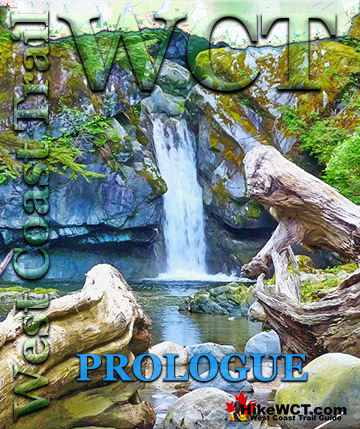
![]() When shipping in and out of Juan de Fuca Strait rapidly increased in the mid 1800's and an alarming and costly number of ships were lost, the need for a inland trail was realized. It would take decades, and many more brutal and costly shipwrecks in the waters leading to Juan de Fuca Strait, to finally construct a life saving trail. The West Coast Trail has a wonderfully, horrifically, brutally, and certainly lengthy history.
When shipping in and out of Juan de Fuca Strait rapidly increased in the mid 1800's and an alarming and costly number of ships were lost, the need for a inland trail was realized. It would take decades, and many more brutal and costly shipwrecks in the waters leading to Juan de Fuca Strait, to finally construct a life saving trail. The West Coast Trail has a wonderfully, horrifically, brutally, and certainly lengthy history.

![]() The West Coast Trail is incredible. Everything about it is amazing. From the wildly, incomprehensibly enormous trees to endless jaw dropping views. And it's tough. Very tough. It is a trail that shouldn't exist. Hiking trails always form out of the easiest route worn down over the years to some worthwhile destination. The West Coast Trail evolved out of the need to get shipwreck survivors out of this this otherwise beautiful place.
The West Coast Trail is incredible. Everything about it is amazing. From the wildly, incomprehensibly enormous trees to endless jaw dropping views. And it's tough. Very tough. It is a trail that shouldn't exist. Hiking trails always form out of the easiest route worn down over the years to some worthwhile destination. The West Coast Trail evolved out of the need to get shipwreck survivors out of this this otherwise beautiful place.
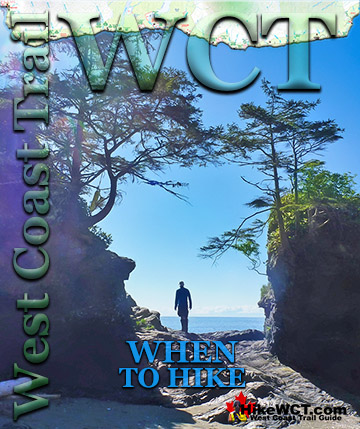
![]() The West Coast Trail hiking season is confined to just five months due to the dangerously stormy weather during the winter months. In the winter the days are short, tides are high and heavy rain and strong winds are frequent. Hiking the trail in the summer is tough enough without these added challenges. To keep the trail from becoming overcrowded, overnight hikers are limited to 75 per day.
The West Coast Trail hiking season is confined to just five months due to the dangerously stormy weather during the winter months. In the winter the days are short, tides are high and heavy rain and strong winds are frequent. Hiking the trail in the summer is tough enough without these added challenges. To keep the trail from becoming overcrowded, overnight hikers are limited to 75 per day.
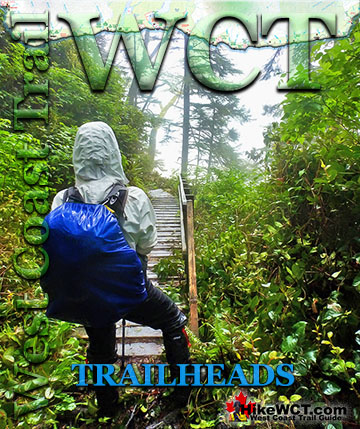
![]() There are three entry/exit points for the West Coast Trail, however the midway entry/exit point at Nitinaht Narrows is for hikers only hiking part of the trail. The two main entry points are at Pachena Bay in the north(Bamfield) and Gordon River in the south(Port Renfrew). Port Renfrew is located a 2 hours drive from Victoria and Bamfield is quite a bit further and more challenging to get to and find.
There are three entry/exit points for the West Coast Trail, however the midway entry/exit point at Nitinaht Narrows is for hikers only hiking part of the trail. The two main entry points are at Pachena Bay in the north(Bamfield) and Gordon River in the south(Port Renfrew). Port Renfrew is located a 2 hours drive from Victoria and Bamfield is quite a bit further and more challenging to get to and find.
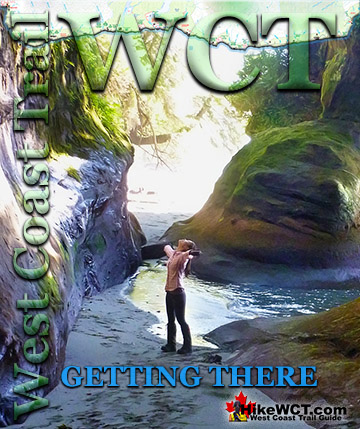
![]() There are lots of options to getting to the West Coast Trail. The trail is linear so you have to arrange to get to the trailhead as well as from your exit trailhead. Most West Coast Trail hikers drive to one trailhead then bus to the other and hike back to their car. Others take the West Coast Express bus from Victoria to one of the trailheads and take the same bus back to Victoria.
There are lots of options to getting to the West Coast Trail. The trail is linear so you have to arrange to get to the trailhead as well as from your exit trailhead. Most West Coast Trail hikers drive to one trailhead then bus to the other and hike back to their car. Others take the West Coast Express bus from Victoria to one of the trailheads and take the same bus back to Victoria.

![]() The West Coast Trail is a very tough hike. About one out of one hundred hikers don't make it, they need to be rescued. That's why there are so many fees. By the time you are done preparing and registering, you laugh at how hiking got so expensive. Isn't hiking usually free? All the costs are for saving people that don't make it, and for all the trail construction. And there is a lot. A lot of both.
The West Coast Trail is a very tough hike. About one out of one hundred hikers don't make it, they need to be rescued. That's why there are so many fees. By the time you are done preparing and registering, you laugh at how hiking got so expensive. Isn't hiking usually free? All the costs are for saving people that don't make it, and for all the trail construction. And there is a lot. A lot of both.
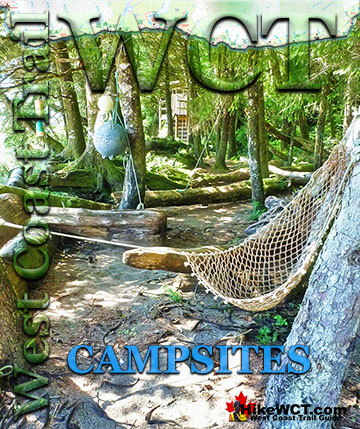
![]() There are 13 established campsites along the West Coast Trail. They are fairly well spaced out and all are located near fresh water creeks and rivers. Amenities are kept to a minimum to keep the trail wild and beautiful, so you rarely see any signs or markers to indicate precisely where to pitch your tent. This is one of the many great aspects of the West Coast Trail is the focus on keeping it natural looking.
There are 13 established campsites along the West Coast Trail. They are fairly well spaced out and all are located near fresh water creeks and rivers. Amenities are kept to a minimum to keep the trail wild and beautiful, so you rarely see any signs or markers to indicate precisely where to pitch your tent. This is one of the many great aspects of the West Coast Trail is the focus on keeping it natural looking.
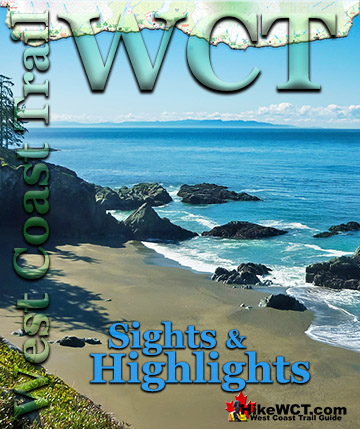
![]() West Coast Trail has a dizzying array of beautiful sights to see. Unfortunately due to the difficulty of the trail, weather, or just too much focus on finishing the trail, many amazing things are missed, or simply glossed over quickly. Darling Falls, for example, is a gorgeous little waterfall spilling into an emerald green pool that flows through a maze of enormous, mangled trees blown in by winter storms.
West Coast Trail has a dizzying array of beautiful sights to see. Unfortunately due to the difficulty of the trail, weather, or just too much focus on finishing the trail, many amazing things are missed, or simply glossed over quickly. Darling Falls, for example, is a gorgeous little waterfall spilling into an emerald green pool that flows through a maze of enormous, mangled trees blown in by winter storms.
West Coast Trail Shipwrecks
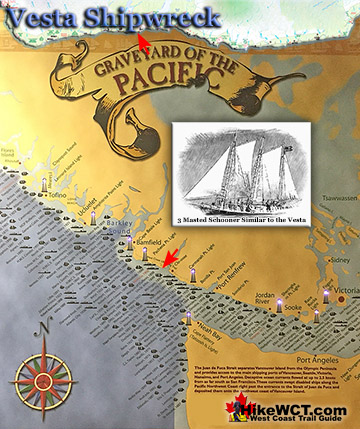

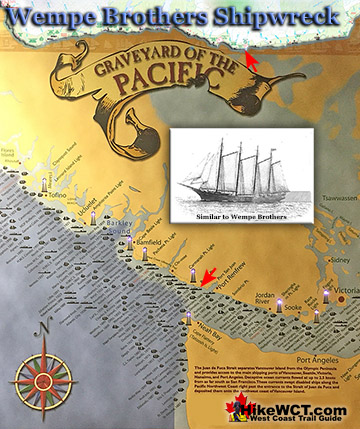
The Valencia Disaster
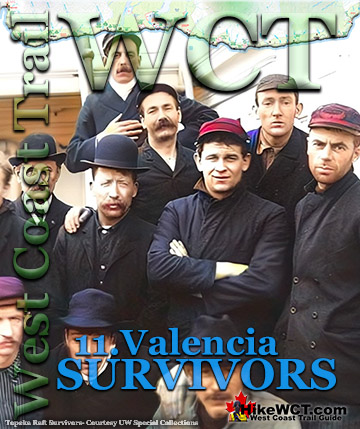

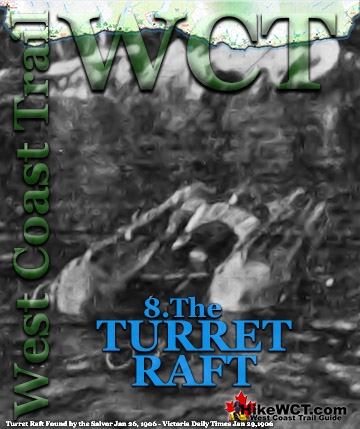
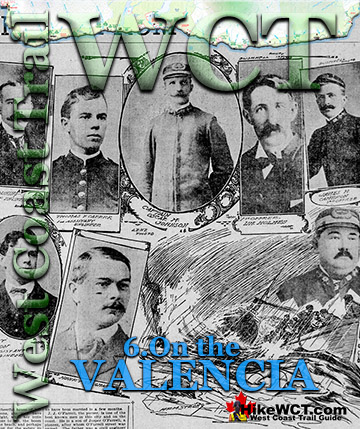
West Coast Trail Campsites
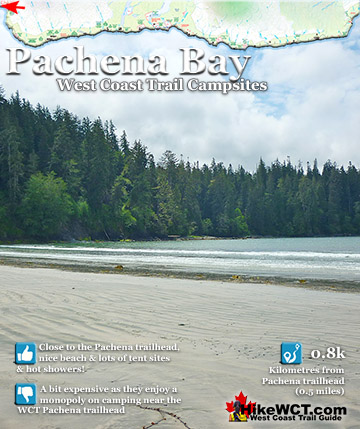
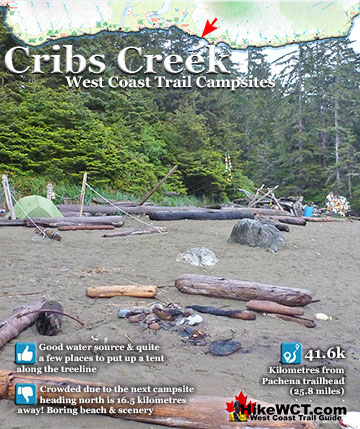
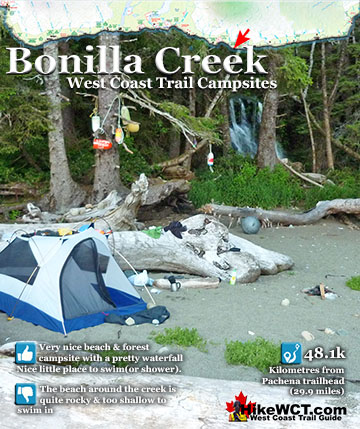
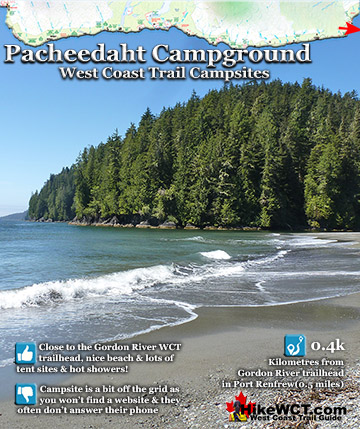
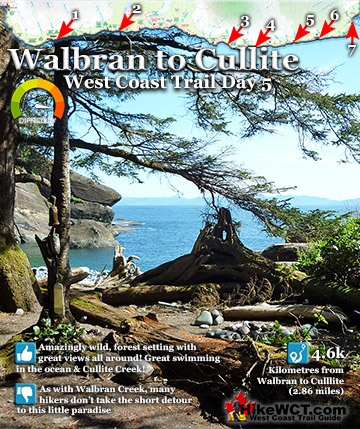
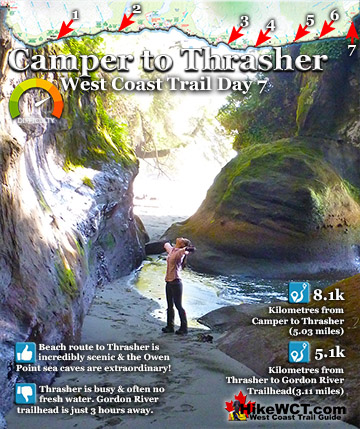
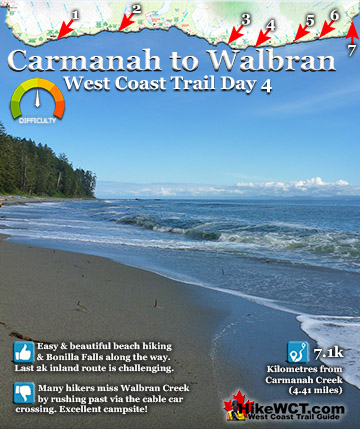
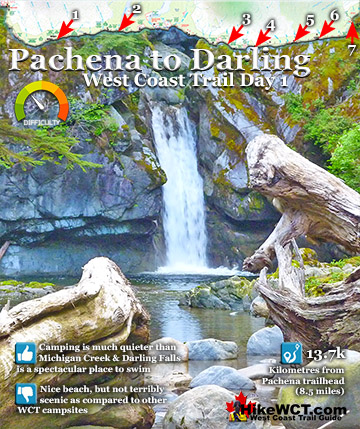
West Coast Trail A to Z
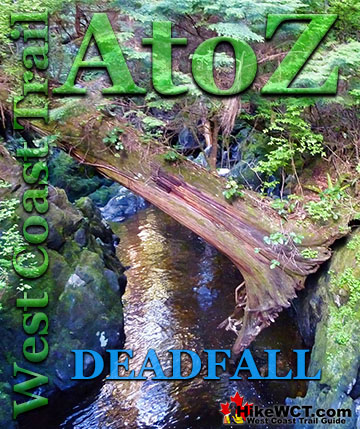
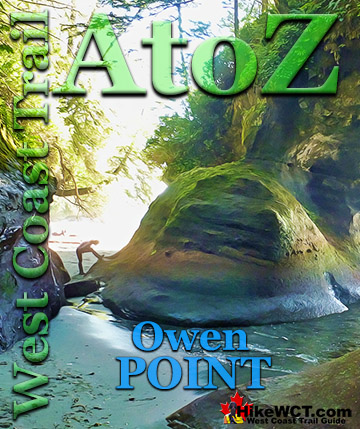
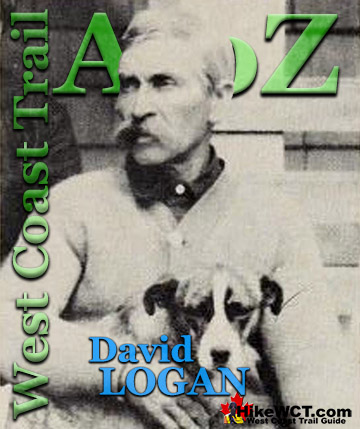
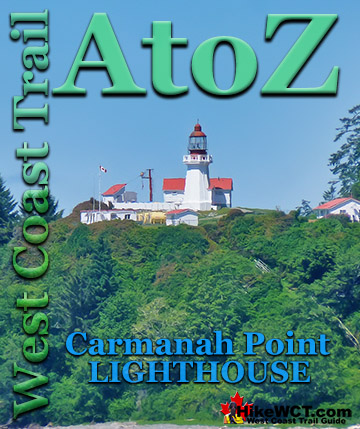
Explore BC Hiking Destinations!
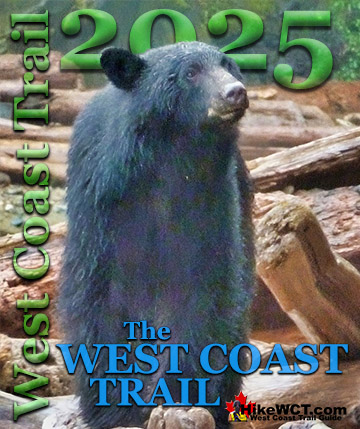
The West Coast Trail
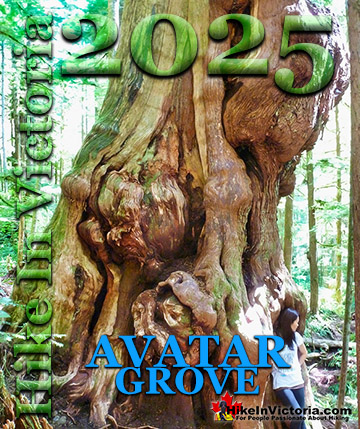
Victoria Hiking Trails
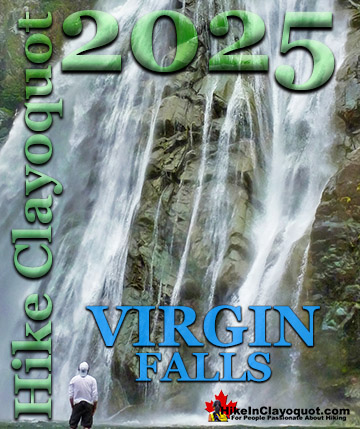
Clayoquot Hiking Trails
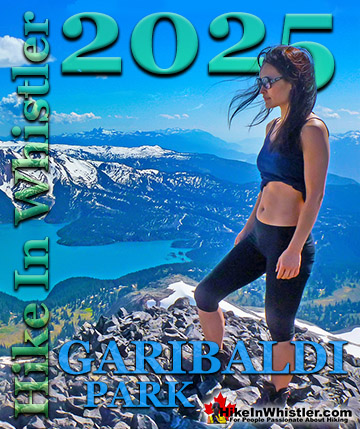
Whistler Hiking Trails
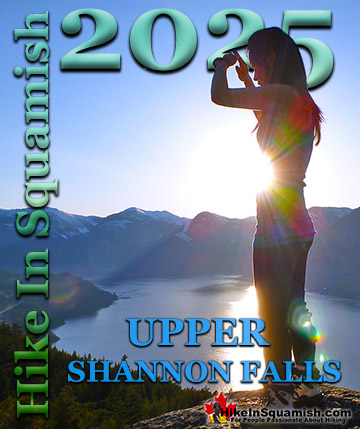
Squamish Hiking Trails


